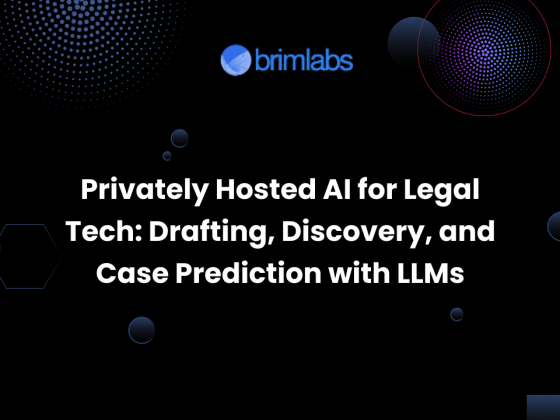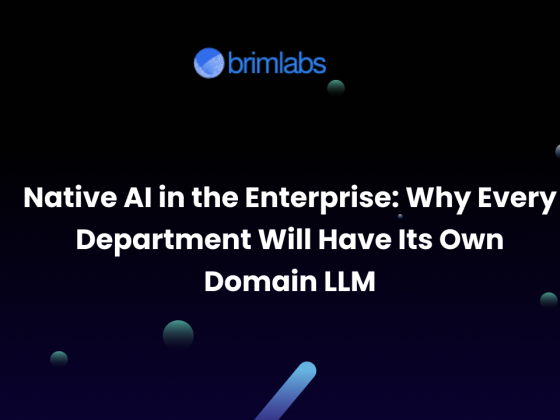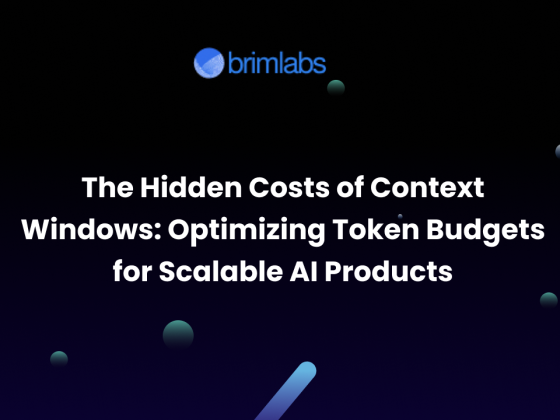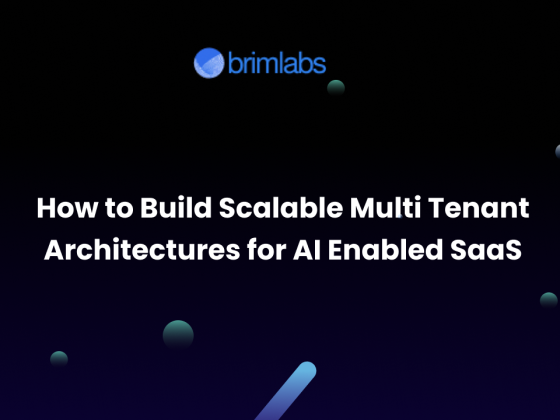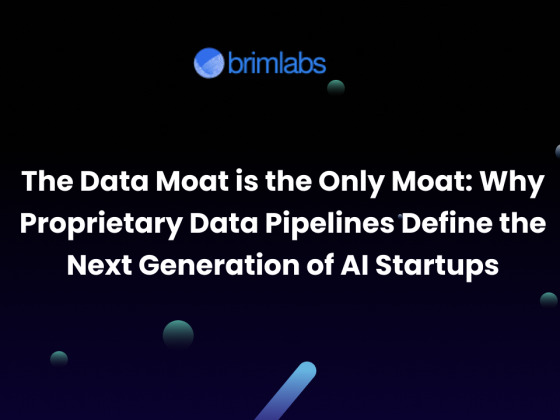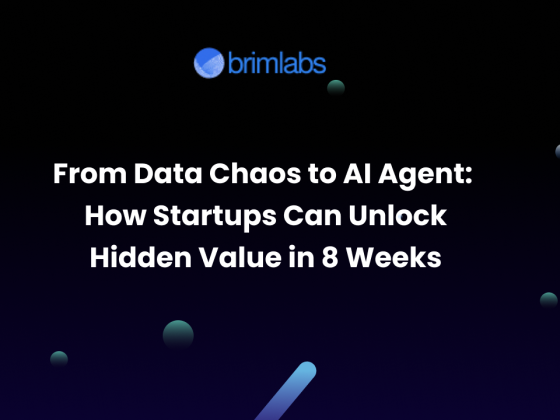AI agents are no longer experimental, they’re operational. From autonomous customer support to real-time sales agents, businesses across industries are leveraging AI agents to streamline tasks, enhance productivity, and reduce operational costs. But with the growing complexity and investment involved, one question looms large: How do you measure ROI in agent-led AI applications?
This article explores the cost optimization strategies for AI agents and dives deep into how organizations can evaluate ROI beyond traditional metrics.
Understanding AI Agent-Led Applications
AI agents are autonomous software entities capable of making decisions, interacting with users, and executing tasks with minimal human supervision. Common types include:
- Customer Service Agents (chatbots, voice bots)
- Sales Agents (lead qualification, email follow-ups)
- Data Agents (ETL automation, anomaly detection)
- Ops Agents (workflow automation, DevOps task runners)
These agents are often built using a mix of LLMs (like GPT or Claude), frameworks like LangChain or AutoGen, and tools such as N8N, Pinecone, and OpenSearch for orchestration and memory.
The ROI Equation for AI Agents
To justify investment, ROI in agent-led applications should be measured holistically, combining both quantitative and qualitative indicators:
1. Time Saved = Cost Saved
Formula: Hours Saved × Avg Hourly Rate of Replaced Role
If an AI agent can handle 100 queries a day that a human team would take 8 hours to process, the time savings directly translate to cost optimization.
2. Increased Productivity or Output
Track if tasks are completed faster, with fewer errors, or at greater scale. This is especially important in content creation, lead generation, and R&D automation.
3. Reduction in Human Support Costs
Measure the headcount reduction or workload reallocation. If 3 agents can do the job of 6 support reps, that’s direct ROI.
4. Revenue Impact
Some AI agents, especially in sales or e-commerce, directly influence revenue by increasing conversion rates, reducing churn, and enhancing upsell/cross-sell opportunities.
5. Infrastructure and Compute Costs
Hosting LLMs or third-party API usage can rack up expenses fast. Optimizing through model pruning, fine-tuning, caching, or switching to open-source/local models (like Llama3 or Mistral) can significantly cut costs.
Key Metrics to Track
Here are the essential metrics that help you measure ROI in agent-led applications:
- Task Completion Time: This helps evaluate whether your AI agents are speeding up operations compared to manual processes.
- Human Escalation Rate: A lower escalation rate means your agents are effective at solving issues autonomously without needing human backup.
- Average Handling Cost: This metric shows whether cost per interaction is going down post-implementation of AI agents.
- User Satisfaction (CSAT or NPS): It’s critical to track how users perceive the agent experience, high satisfaction indicates better adoption and trust.
- Cost per Interaction: Monitoring the cost efficiency of each task performed by the agent, especially if you’re paying per token or API call.
- Compute Cost per Task: Helps track the backend cost of running each interaction, especially relevant when using hosted or API-based LLMs.
Optimizing AI Agent Costs: Practical Steps
Choose the Right Model for the Task: Don’t overuse GPT-4 when a smaller distilled model can do the job. Task-specific agents often benefit from leaner, cheaper models.
Use Memory & Context Efficiently: Using tools like vector databases (e.g., Pinecone) with context retrieval ensures your agent doesn’t burn tokens unnecessarily.
Design for Specific Outcomes: Agents built with a narrow goal (e.g., “qualify a lead” or “generate an invoice”) tend to be cheaper, faster, and deliver higher ROI.
Automate Workflows, Not Just Tasks: Integrating agents into full workflows (e.g., connecting CRM, ticketing, emails) through platforms like N8N or Zapier maximizes ROI.
Monitor Drift and Fine-Tune Often: Performance drops lead to rework and inefficiencies. Keep evaluating the quality of outputs and iteratively fine-tune or retrain.
Real-World Use Case: Mortgage AI Agent
A financial services firm automated its mortgage processing using AI agents built by Brim Labs. The agents handled document parsing, customer queries, and compliance checks. Key outcomes:
- Reduced manual processing by 80%
- Cut per-loan processing costs by 40%
- Reduced average turnaround time from 5 days to 36 hours
The ROI was evident within the first 6 weeks of deployment.
Common Pitfalls to Avoid
- Over-Engineering: Building overly complex agents for simple tasks wastes time and money.
- Ignoring UX: If users don’t trust the agent, they’ll revert to humans, eroding ROI.
- Poor Cost Monitoring: Forgetting to audit model/API usage monthly can spike costs unexpectedly.
Conclusion
AI agents are powerful tools, but their success isn’t just in how smart they are, it’s in how efficiently they’re deployed. By tracking the right metrics, optimizing tech choices, and aligning agents to business outcomes, companies can unlock serious ROI.
Whether you’re in FinTech, Healthcare, SaaS, or E-commerce, AI agents can offer transformational value, if implemented wisely.
Want to deploy AI agents tailored to your workflows?
Let’s talk. At Brim Labs, we specialize in building custom agent-led systems optimized for performance, cost, and scale.


